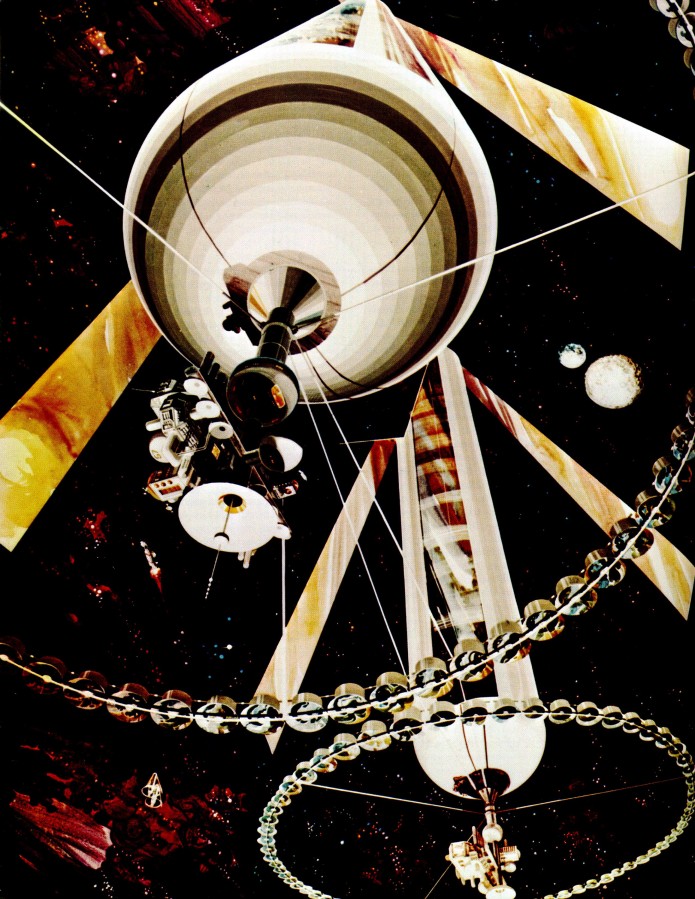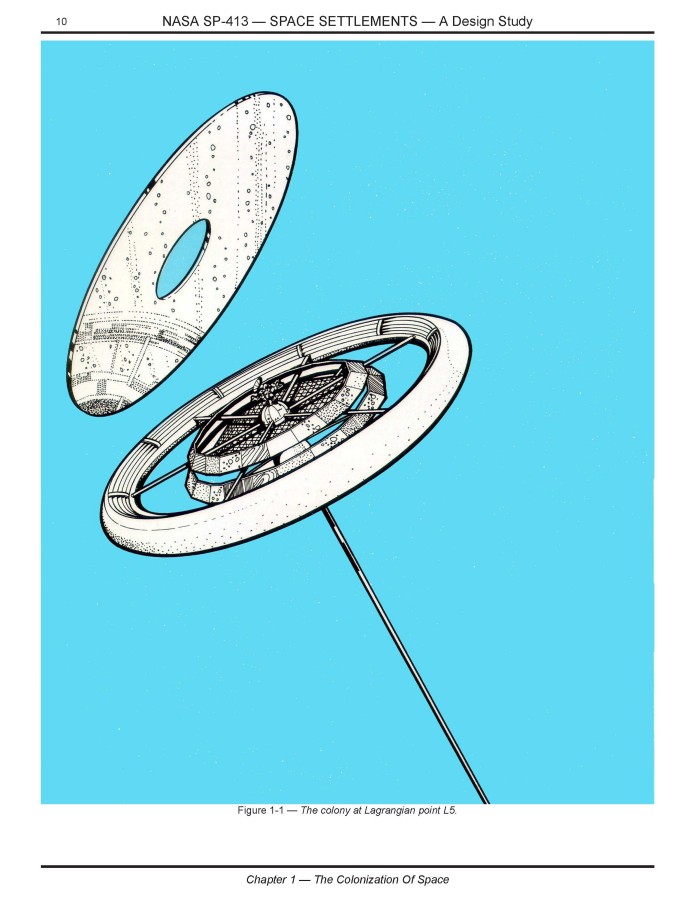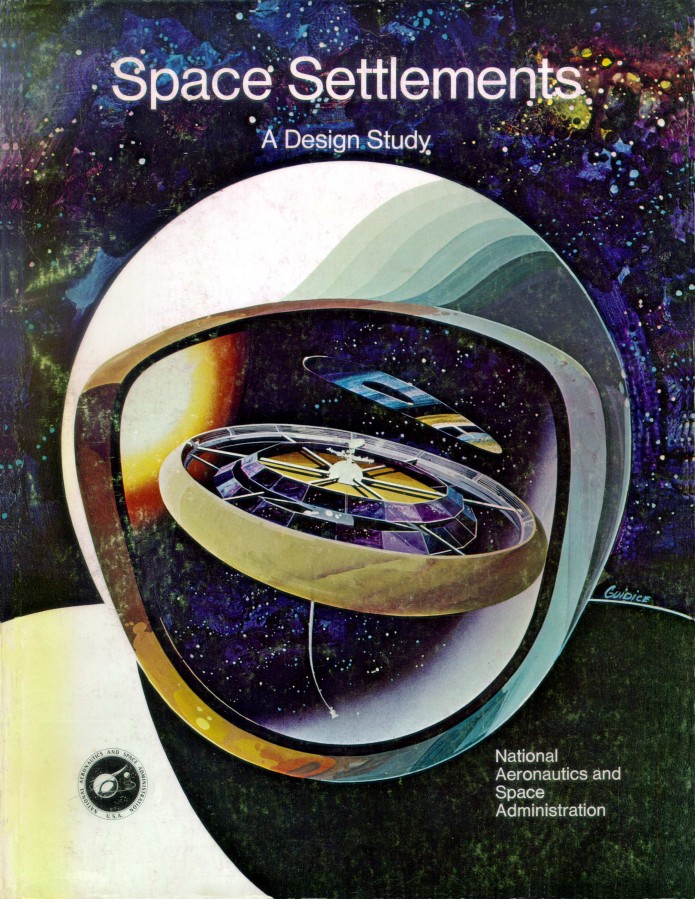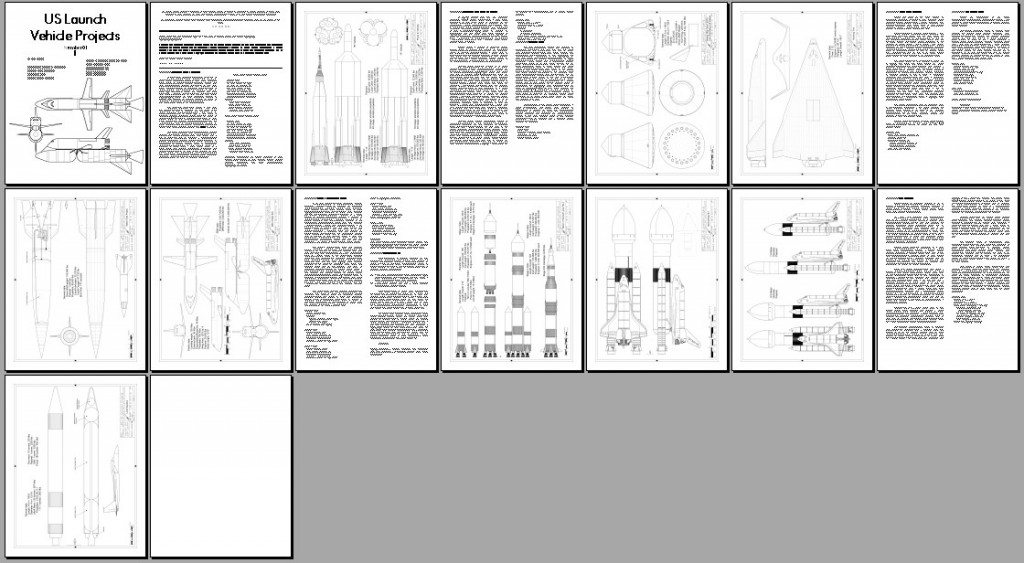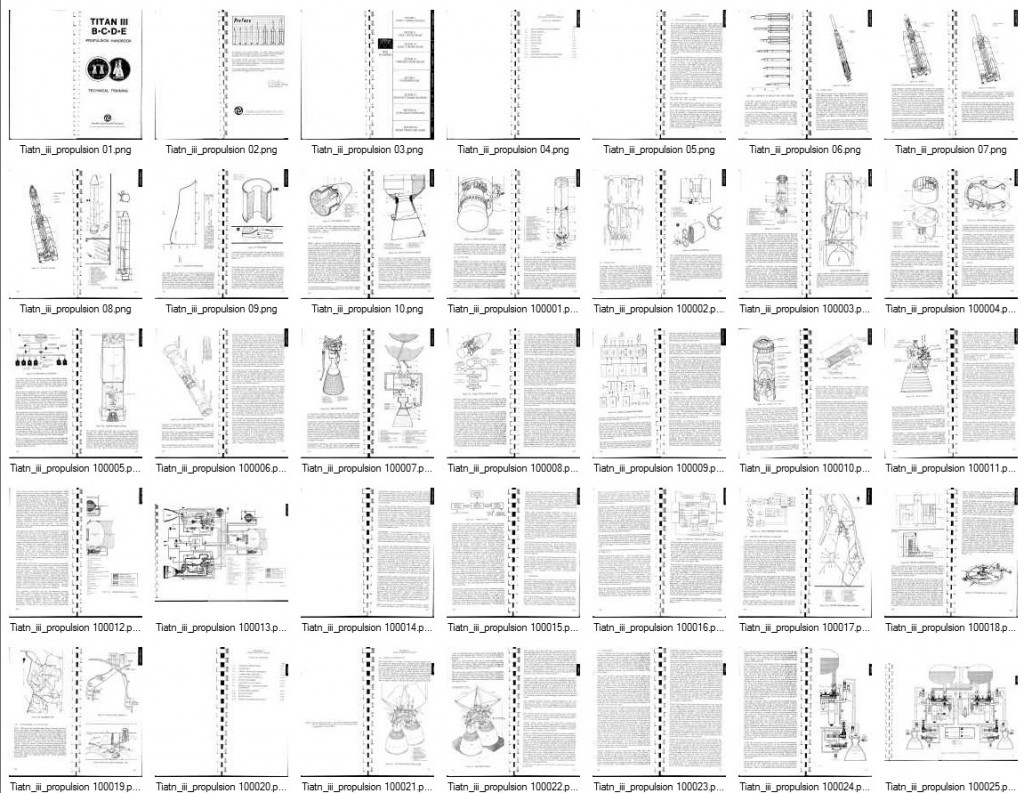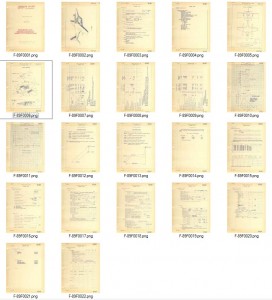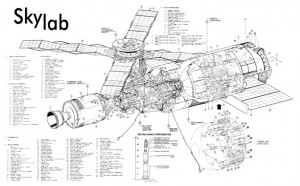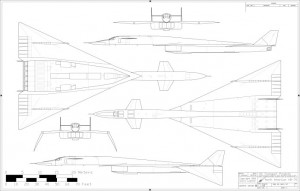In general, I can complete a diagram for the US Aerospace Projects series in anywhere from a handful of hours to a couple man-days, depending on detail and how much 3D work I need to do (the Space Cruiser from US Spacecraft Projects #2 was a chore because a lot of time was spent on 3D modeling). But even at the long end of the bell curve, this would seem to indicate that I should be able to finish a full set of 8 vehicle diagrams in a week or less. But it hasn’t worked out that way; it’s usually quite a bit longer. Why? Because the diagramming is pretty much the *last* stage in the process.
In order to come up with 8 diagrams, I have to decide on 8 vehicles. Sometimes that’s easy, like when I have a known design series that I’m working on (the B-52 & B-59 series in USBP, for example). Sometimes I get obsessed that I have to do some particular design… the Space Cruiser was one such. And then the next step after deciding on which vehicle is collecting the info needed on each one.
In many cases, I have all the info I need. I have a number of Space Cruiser documents I’ve collected over the years, enough to do the project justice. But just because I have a document doesn’t necessarily mean I *remember* that I have the document… or when I do remember it, remember where I put it. I spend quite a while digging for a document on SC that I only halfway vaguely remembered that I had.
And then when I find the documents, there’s the going through them, looking for the relevant and useful bits. Sometimes that’s easy: the whole thing is described in a single AIAA paper that has four pages and one diagram. Limited data means a limited diagram and description on my part. But sometimes the design is buried in *vast* reports, or scattered across a number of presentations. And while there might be thousands of pages, there are only a few pages that are directly valuable. Such as a design I’m digging up now for US Launch Vehicle Projects #1, for which the research stack is the entire box you see here:

FYI: the cardboard box under the plastic box contains a series of GD SSTO reports for future use; the half-filled box behind is a small fraction of my wholly uncatalogued Saturn/Apollo collection.
So if you see me flacking a US “X” P publication and think that I’m just slapping these things together… ah… no. Simple though they may look, they are each the result of a *lot* of work, often based on reports that I gathered ten, fifteen years ago hoping to *someday* find some use for.
————-
Please consider signing up to become a patron. For a pittance per month, you get all kinds of aerospace history goodies.



